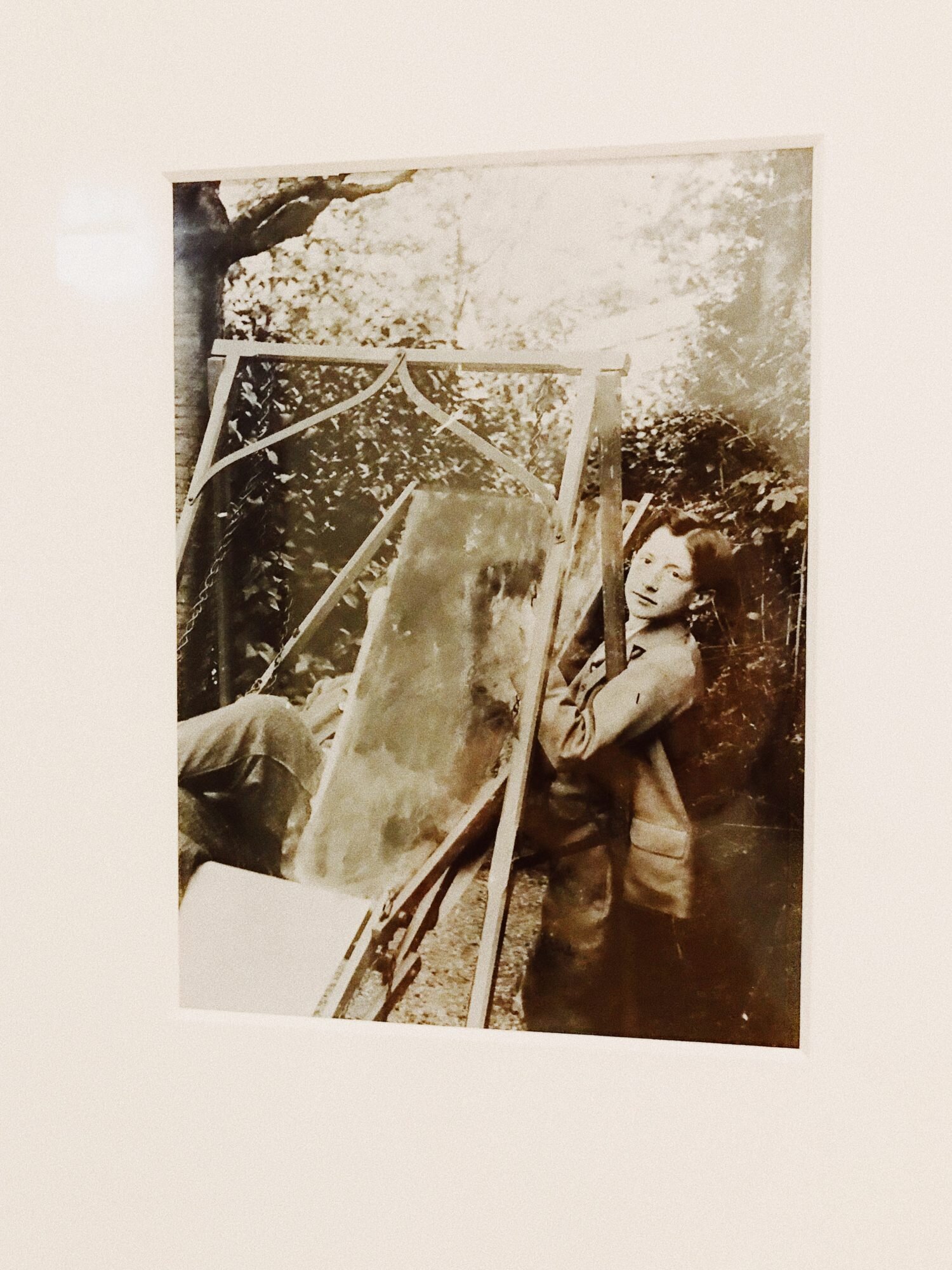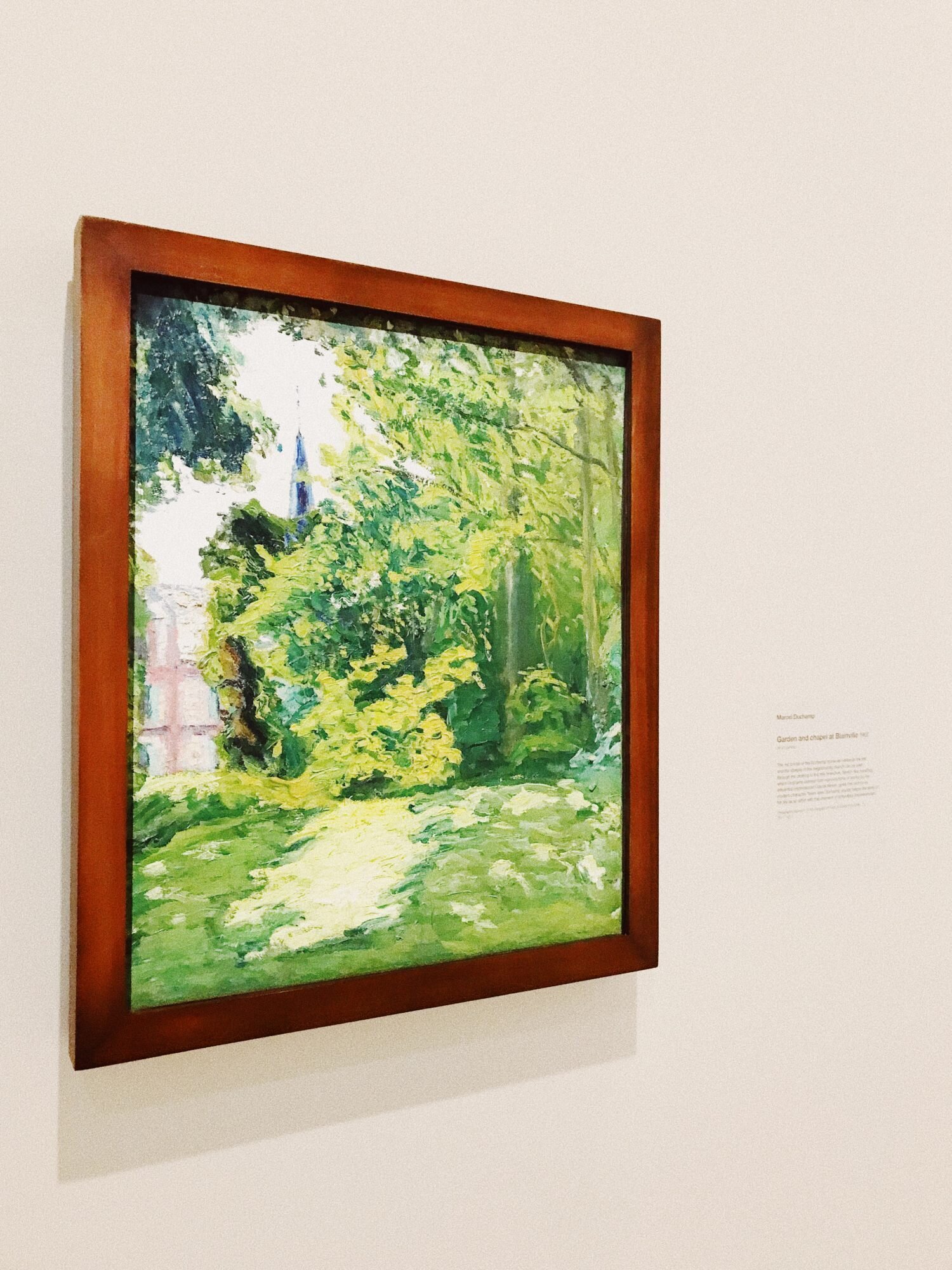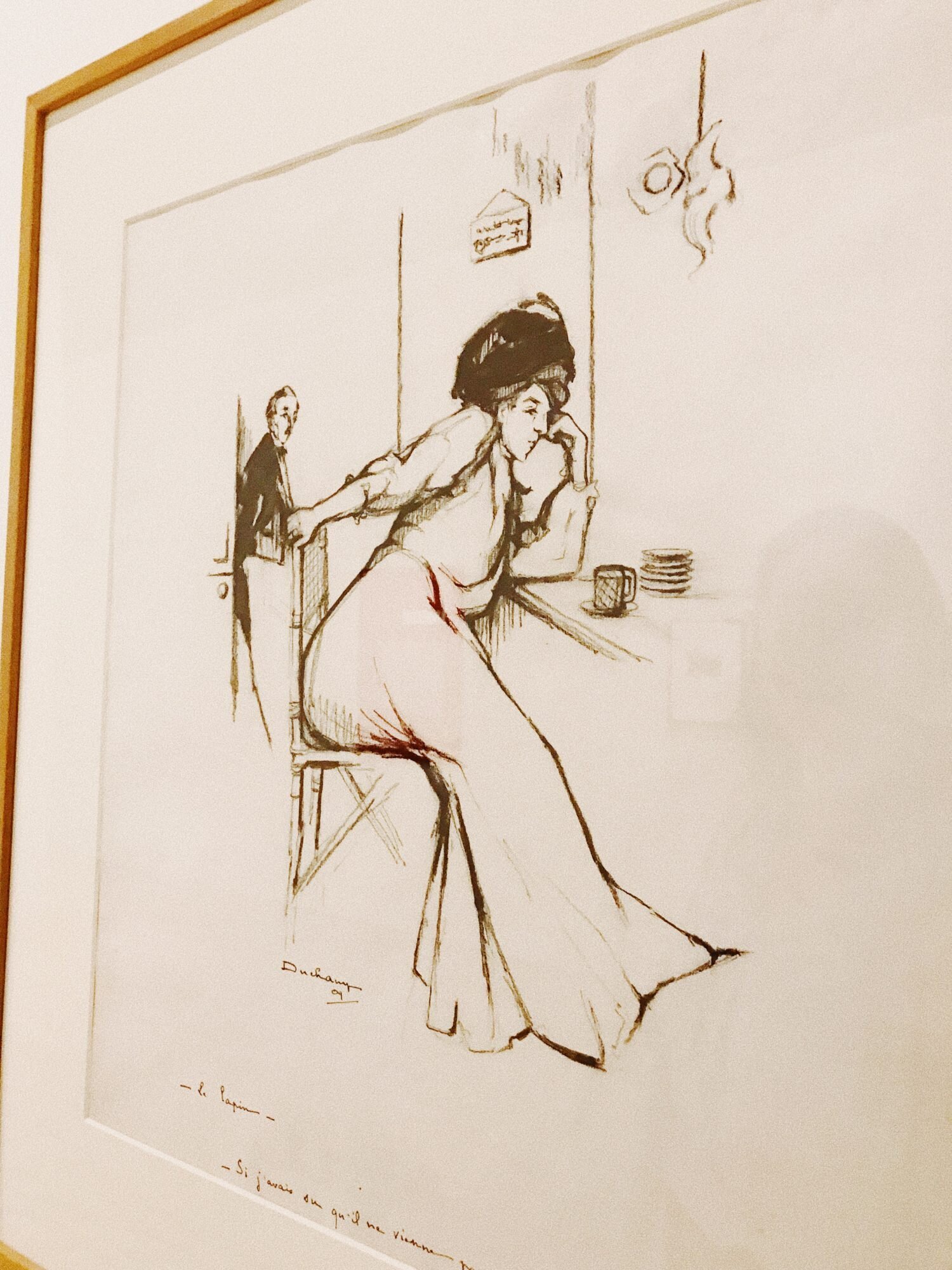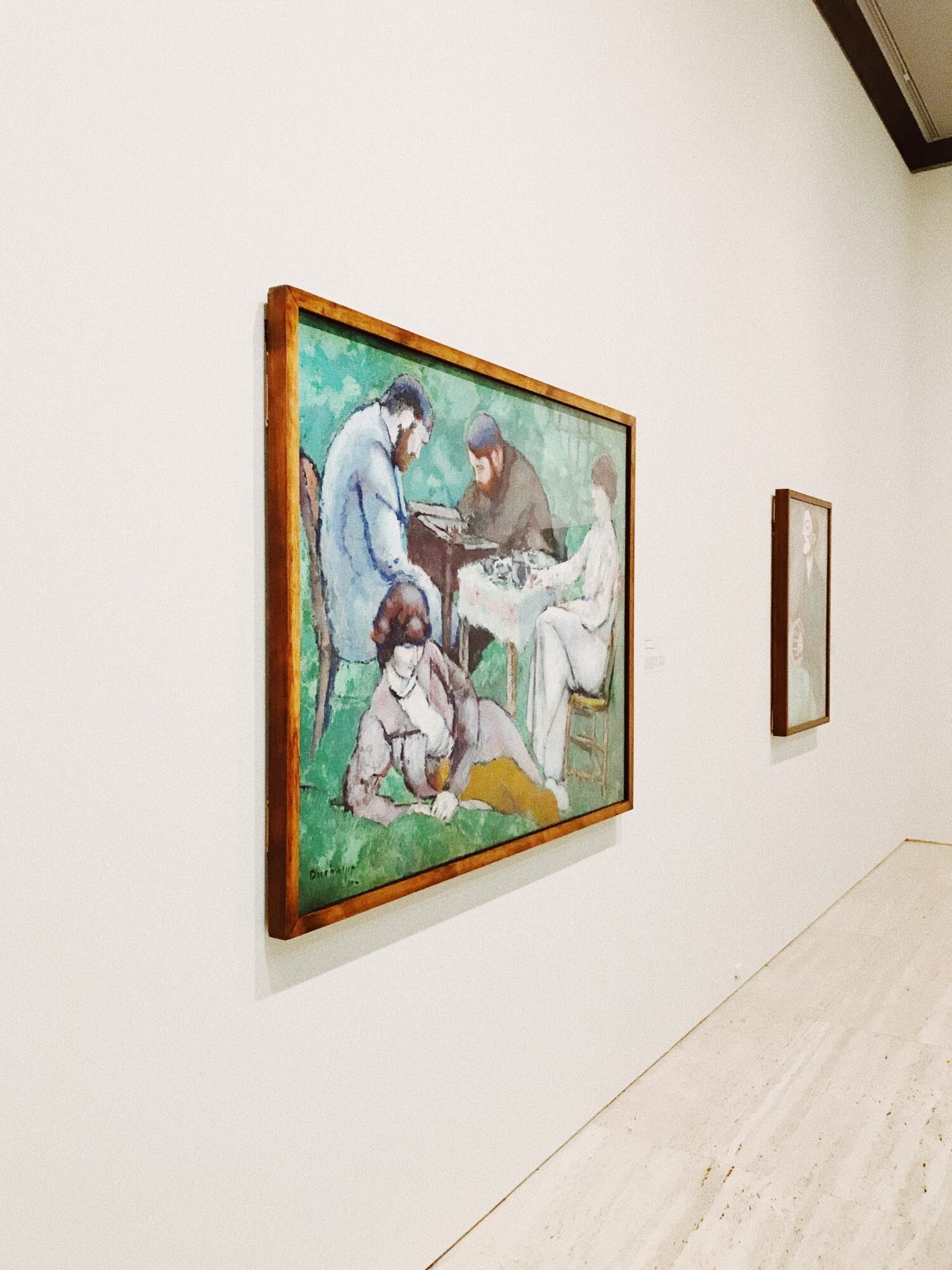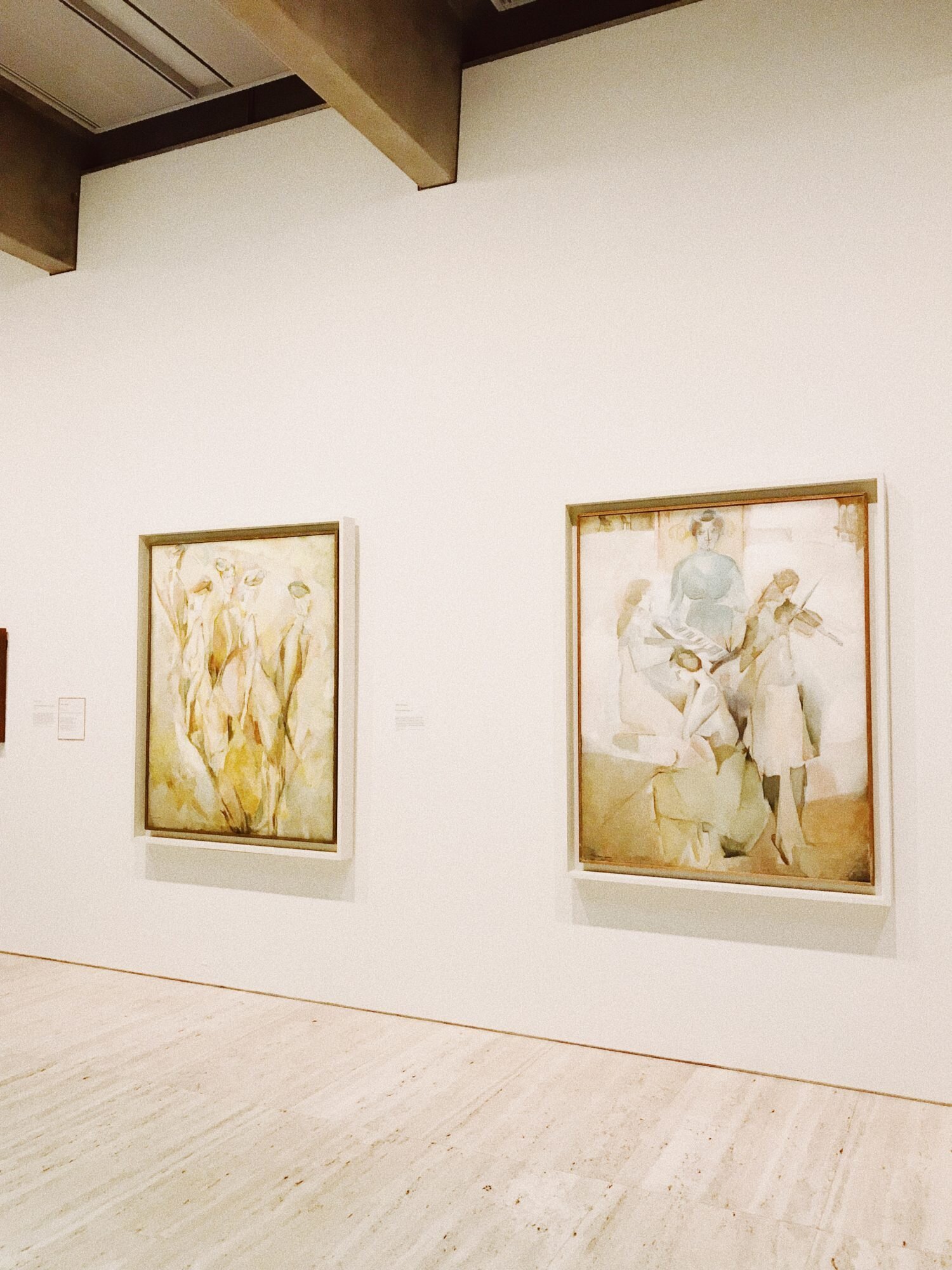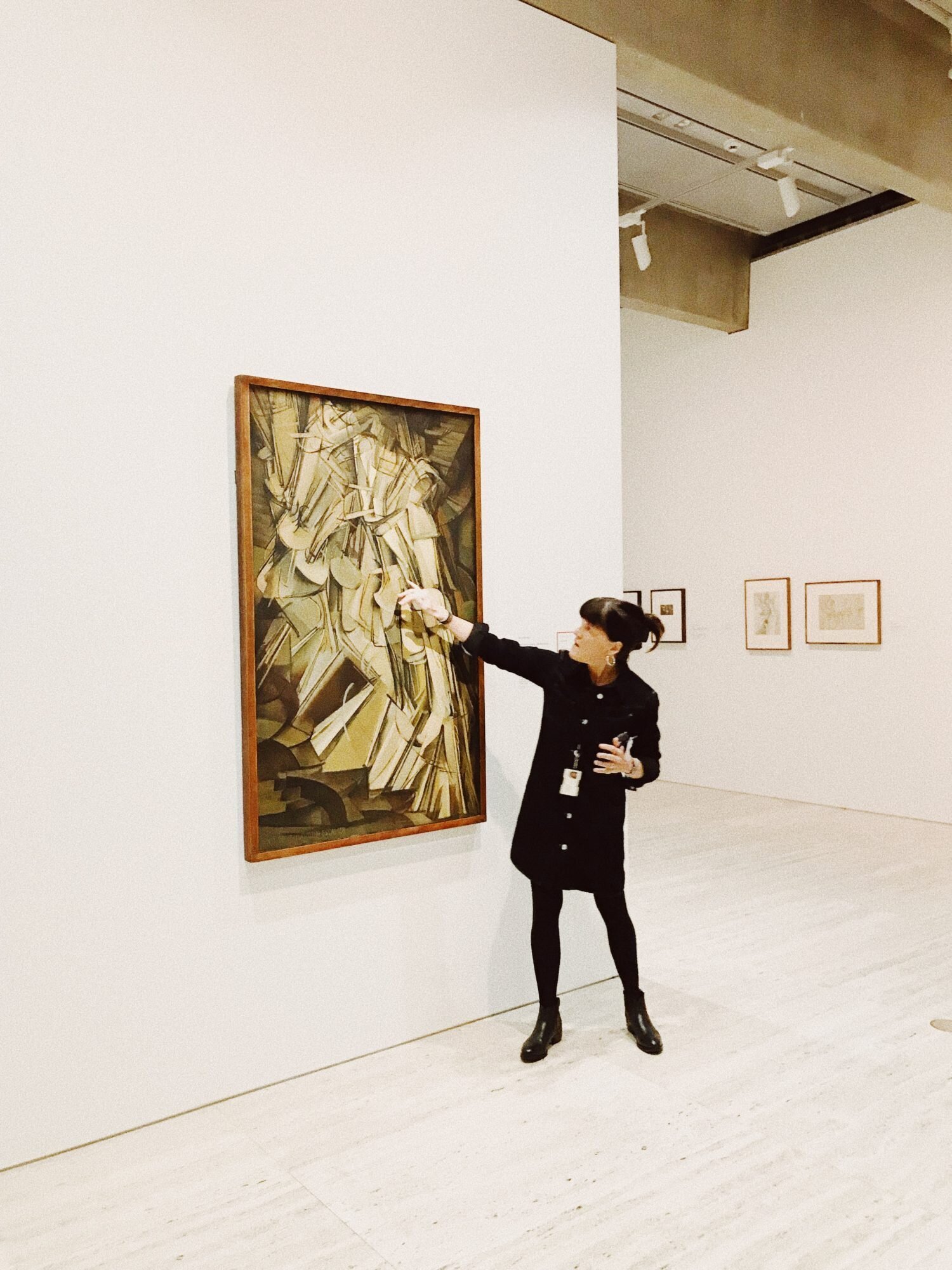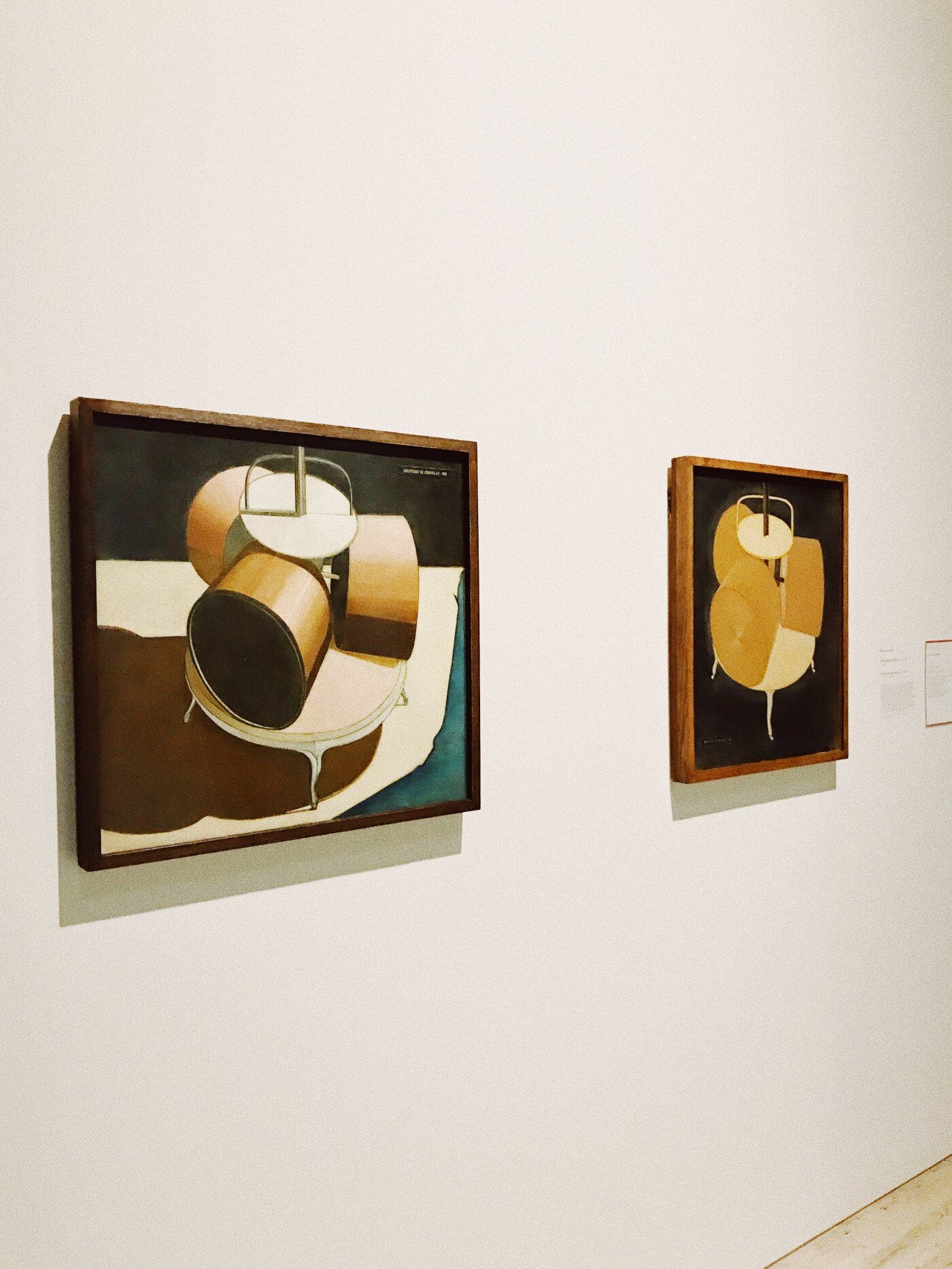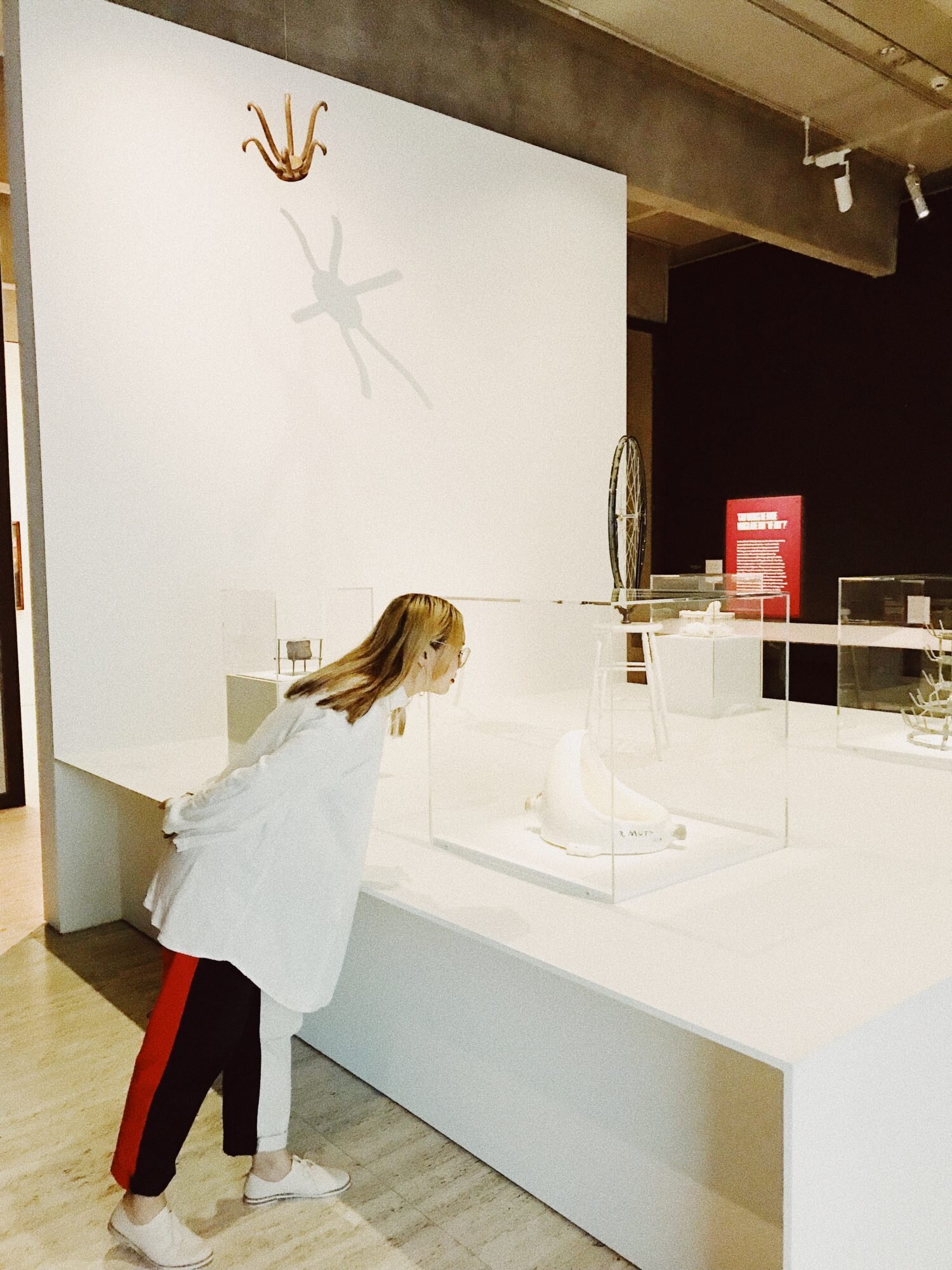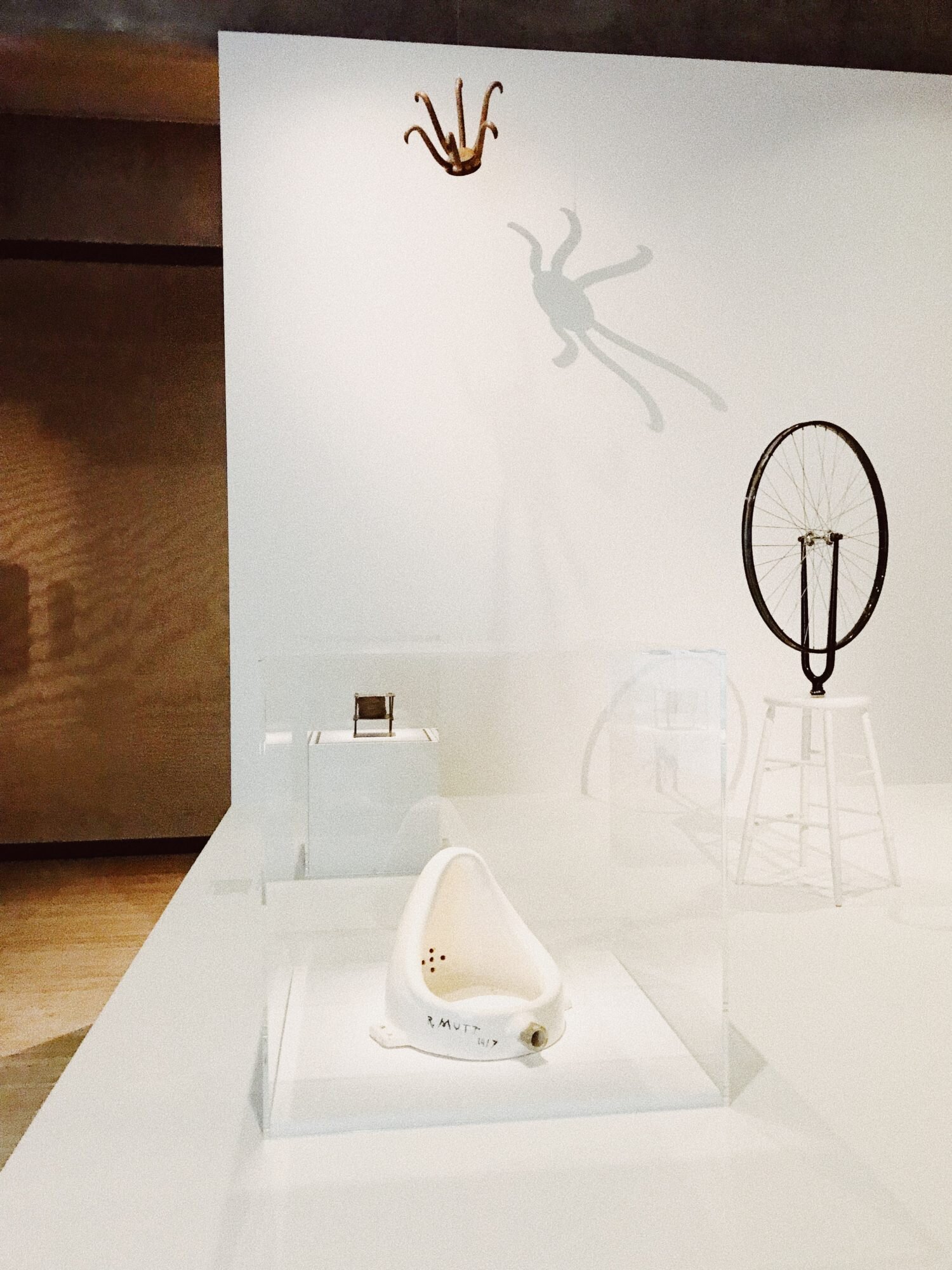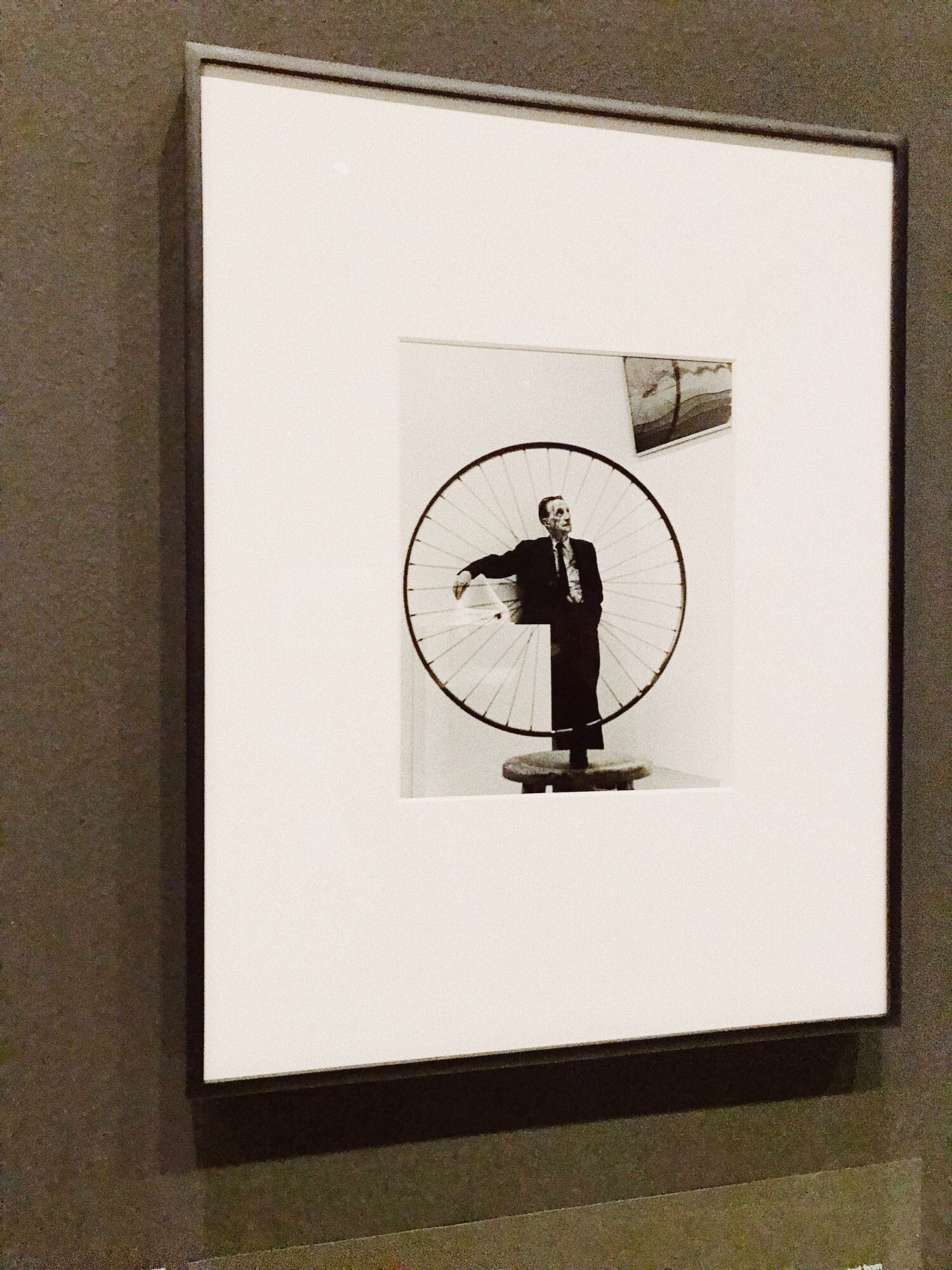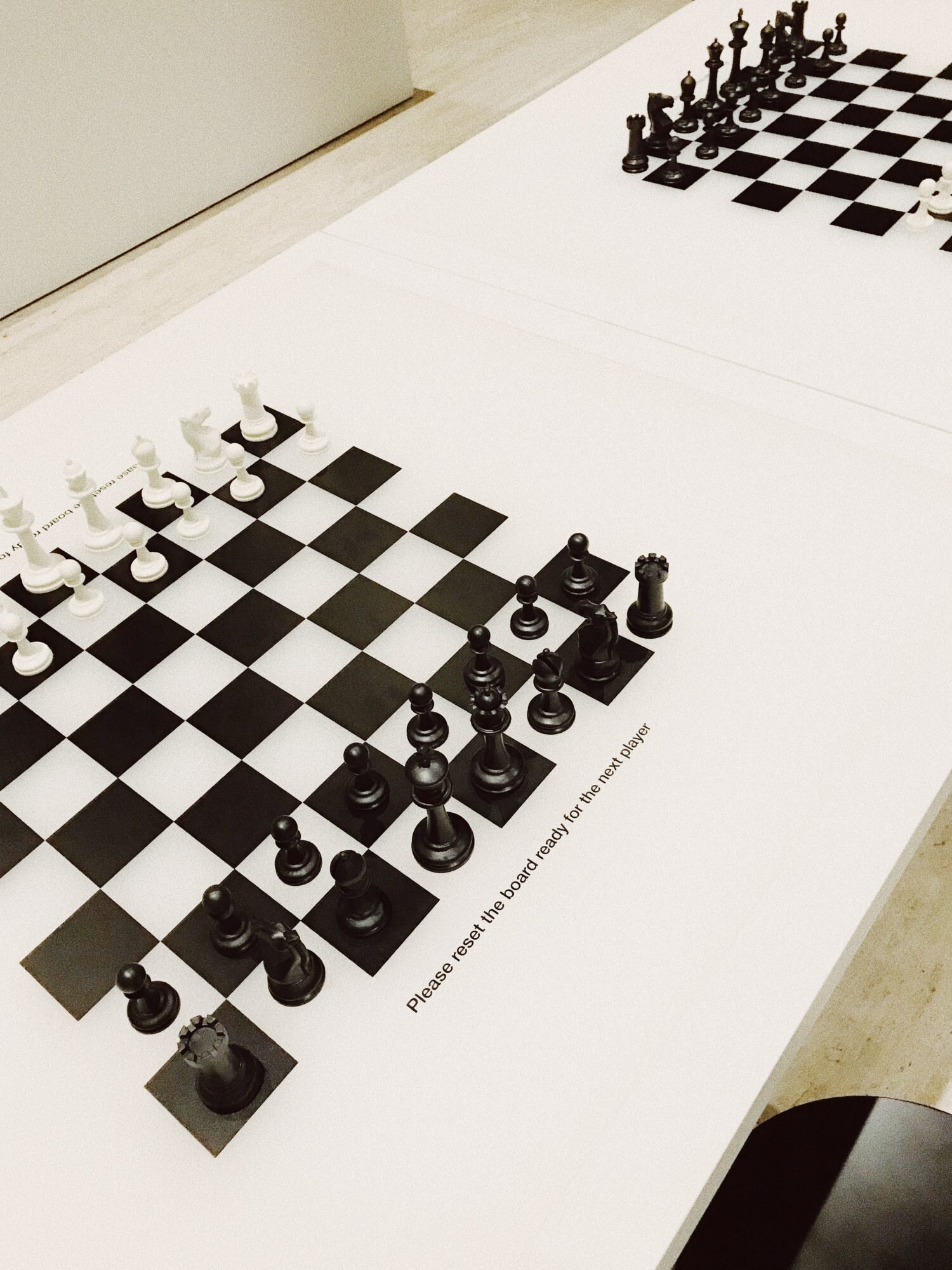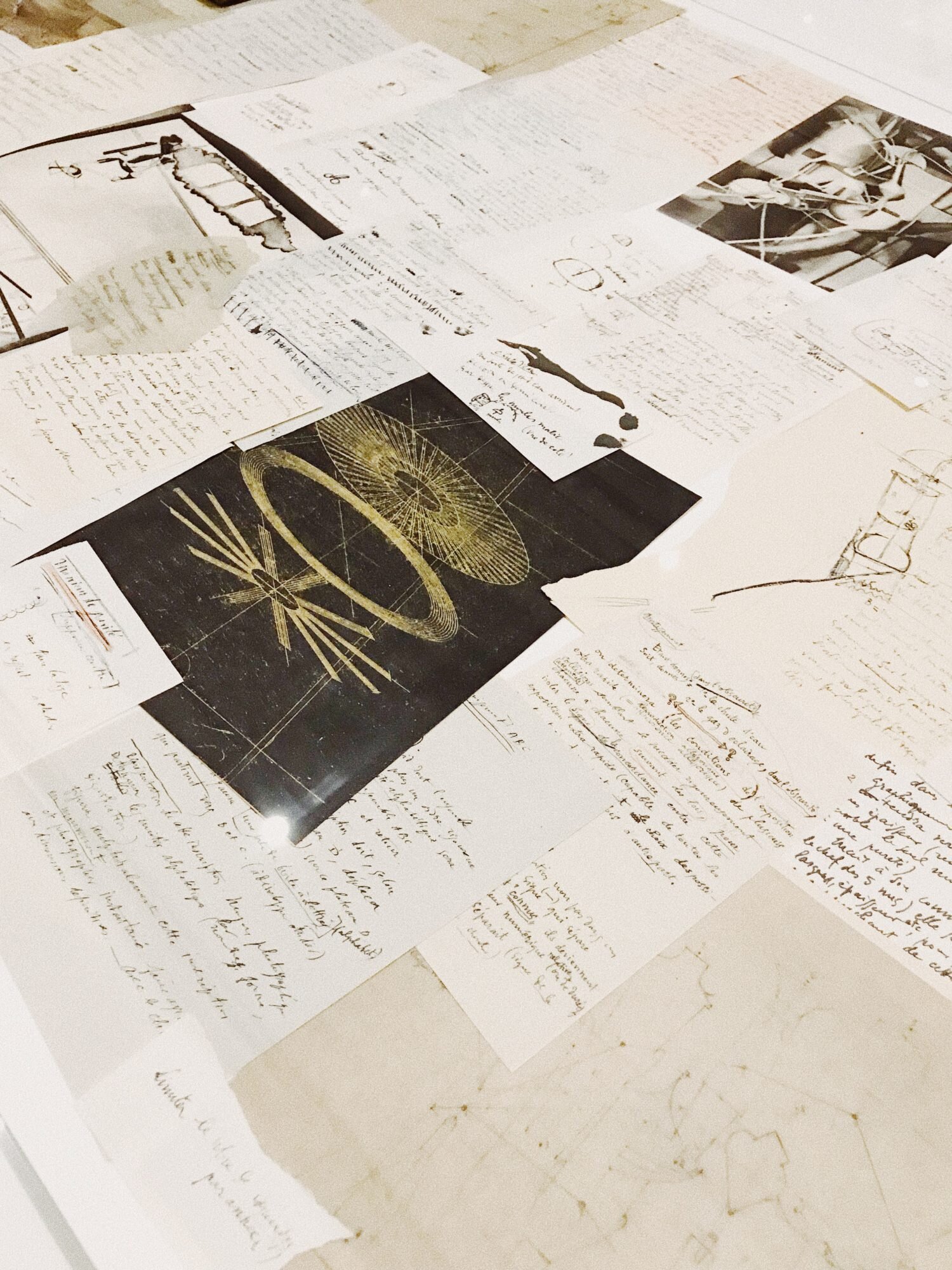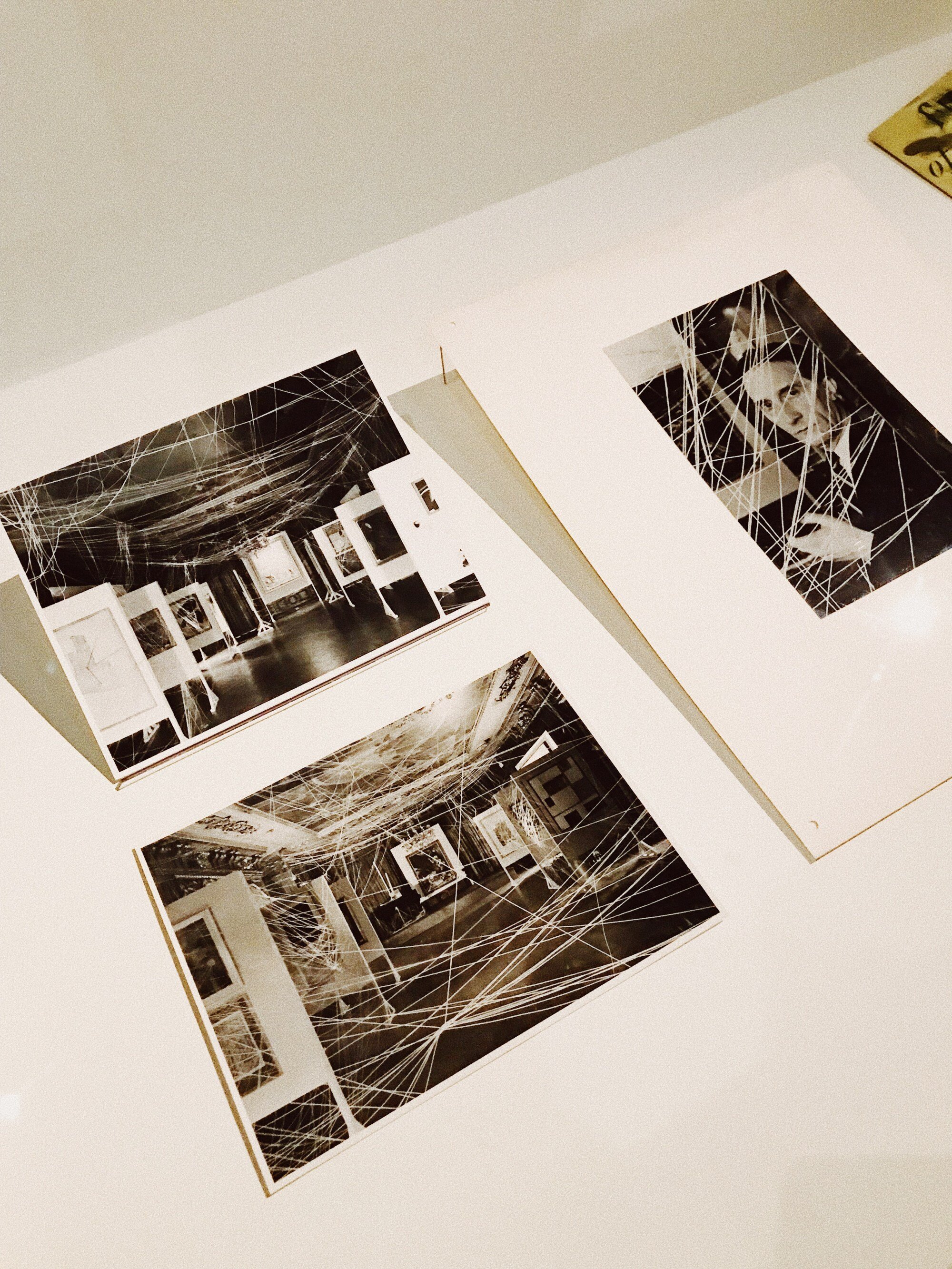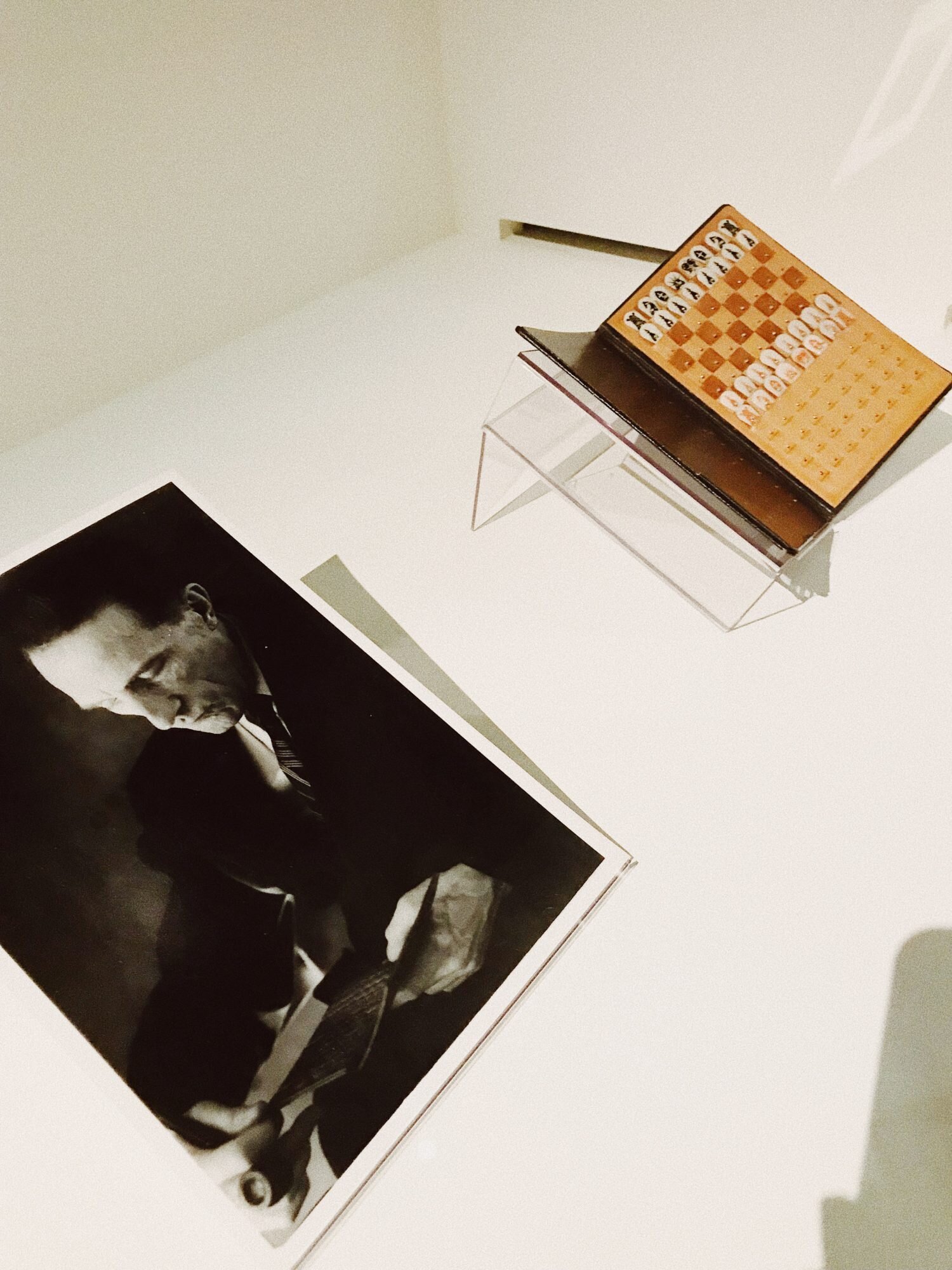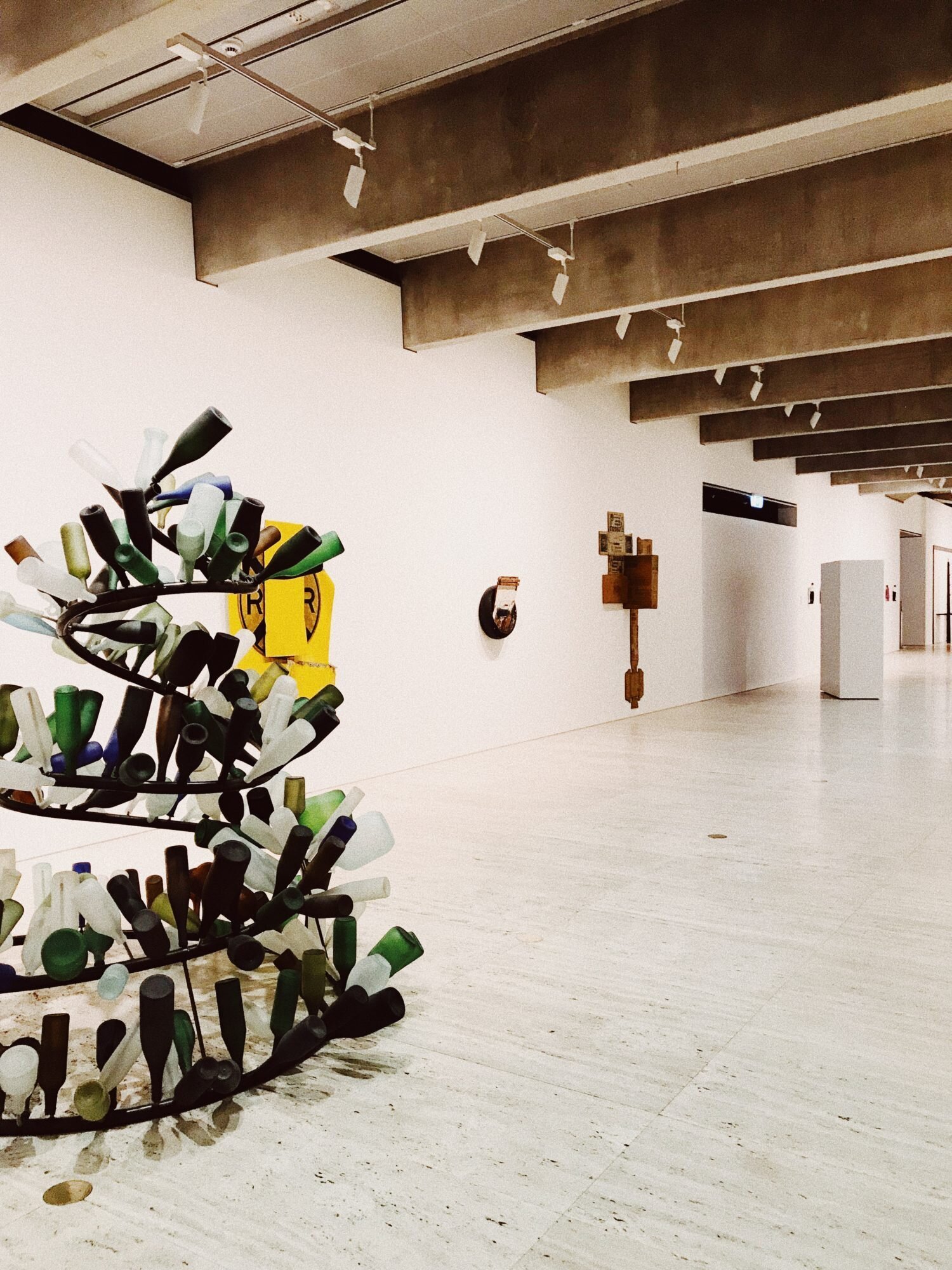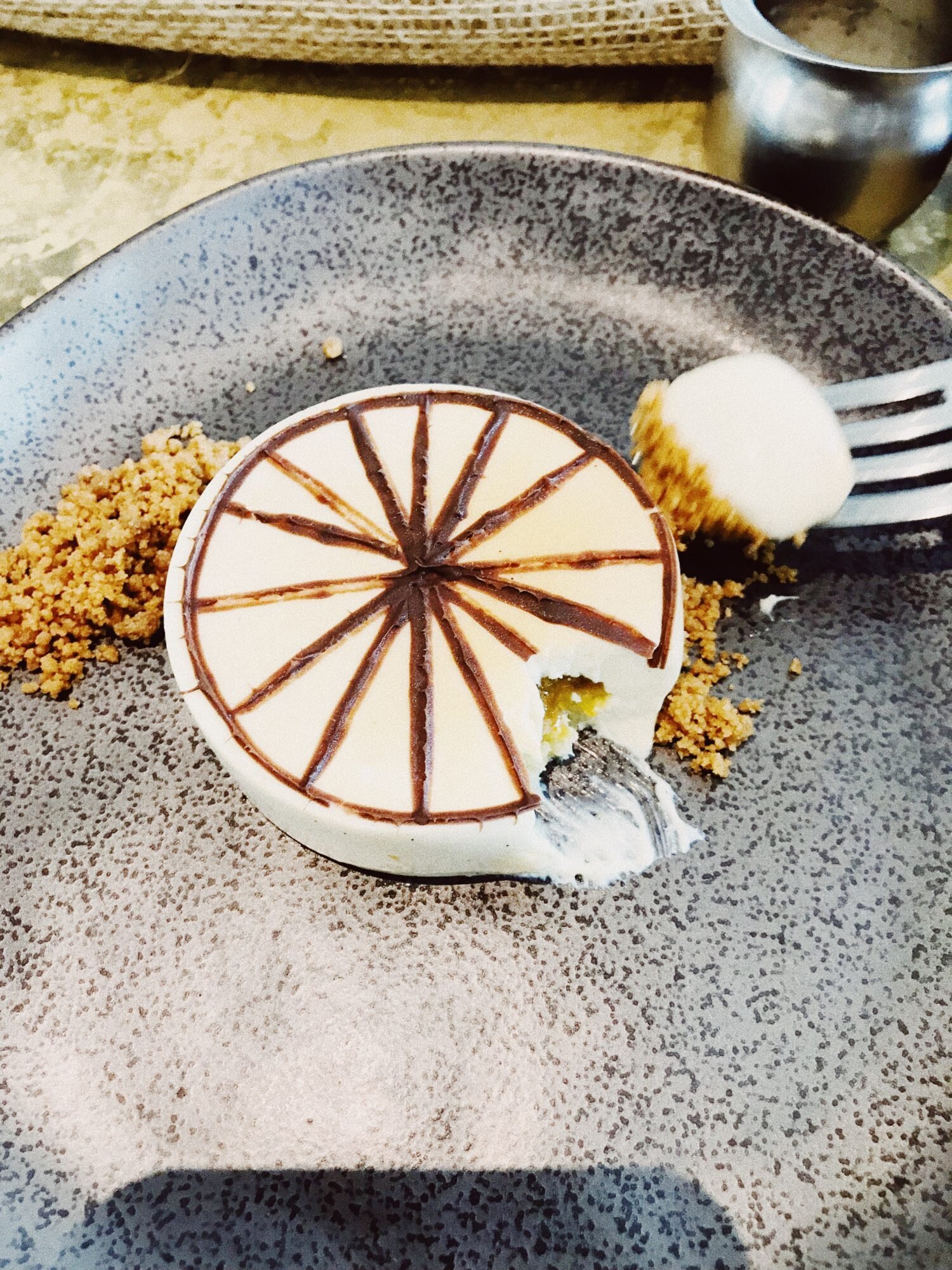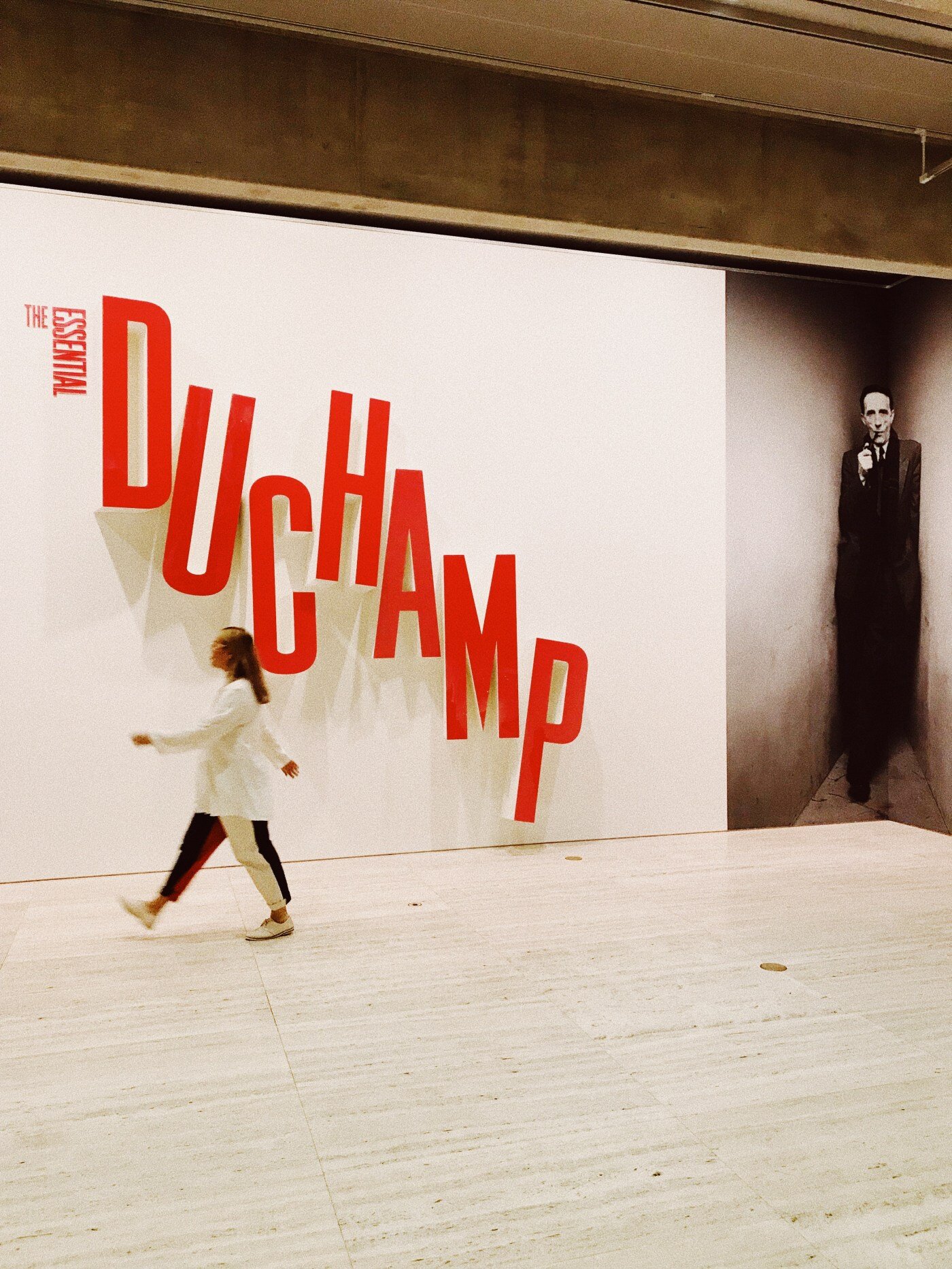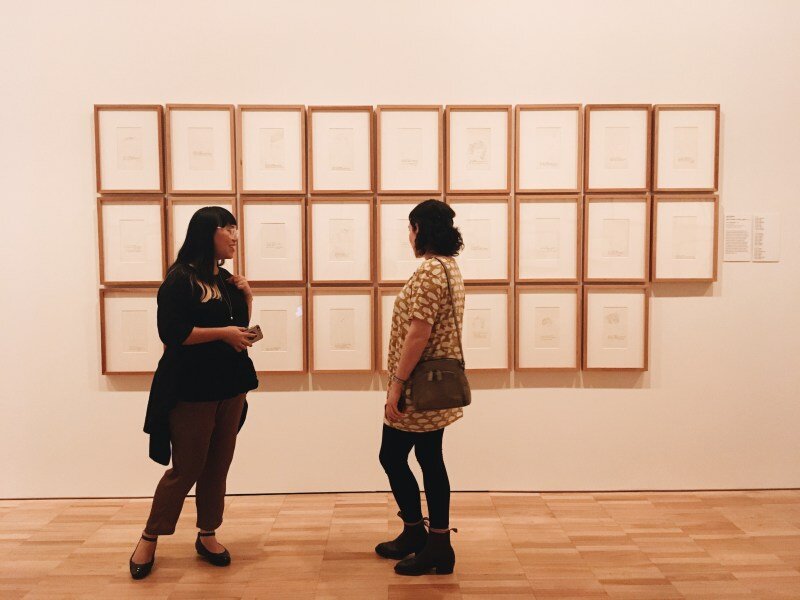‘The Essential Duchamp’ at the Art Gallery of NSW
We’ve all heard of Duchamp and can pull him instantly into conversation with the utterance of one word: urinal. But did you know that before he became ubiquitous in art history for his ready-made objects, he was a highly skilled painter? And whilst he created art, he was a dedicated professional chess player?
The new exhibition The Essential Duchamp at the Art Gallery of NSW gives an overview of his entire career – from early landscape paintings through to his final artwork that he kept hidden for the last 20 years of his life. True to it’s title, the show displays the artist’s most career-essential artworks, which have travelled from the Philadelphia Museum of Art. This is greatly appreciated as, being at the other end of the world, Australia sometimes doesn’t get the biggest artworks with touring exhibitions.
Here are some of my favourite moments from the exhibition.
The Essential Duchamp is until 11 August. More info
Duchamp was born in Blainville-Crevon in Normandy, France. He had five siblings, 3 of whom were also artists. He started his career painting in an impressionist style.
Duchamp’s early sketch (which reminds me of Toulouse-Latrec) and painting (which reminds me of Cézanne).
He then took on to a Cubist philosophy of painting, portraying various aspects and forms on a single canvas image. The work on the right is one of his most well-known, Nude Descending a Staircase, No.2 (1912).
These were Duchamp’s final paintings – Chocolate Grinder No. 1 and Chocolate Grinder No. 2. After this, his art practice made a dramatic shift to readymade objects.
A tableau of Duchamp’s most famous artworks, in particular Fountain, which he signed with the name R. Mutt.
He then went on to create more readymade sculptures, experimental artworks and installations.
There’s a substantial amount of paraphernalia in the show including photographs and sketches. These are often my favourite parts of exhibitions – seeing the behind-the-scenes and thinking of an artist.
Duchamp loved chess and even considered changing his career from artist to professional chess player. There are three chess sets in the exhibition which visitors are invited to play.
I also really appreciate the efforts the gallery has gone to with linking the show to the rest of the space. Right next to The Essential Duchamp is a display of works made by artists who were inspired by the artist. And upstairs at the Chiswick restaurant, there is a special dessert inspired by Duchamp’s seminal sculpture Bicycle Wheel.
Thank you to AGNSW for inviting me to their Instagram Meetup to check out the show!


